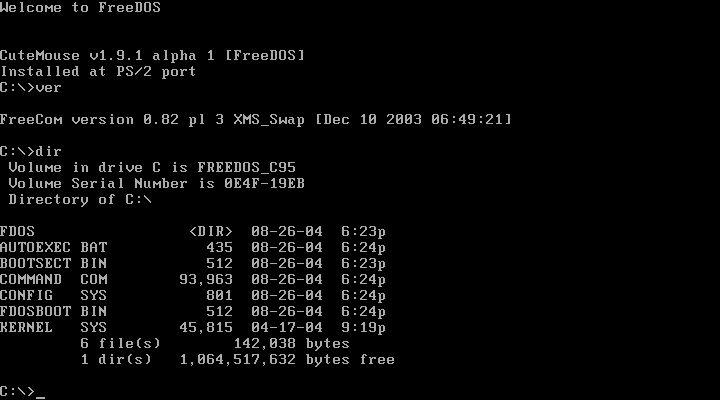
What is Command Line Interface?
Abbreviated as CLI, a Command Line Interface connects a user to a computer program or operating system. Through the CLI, users interact with a system or application by typing in text (commands). The command is typed on a specific line following a visual prompt from the computer. The system responds to the text, and the user may then type on the next command line that appears. Through this command and response interaction, the user is able to issue a series of commands, which are executed by the system or program. Systems and software can provide users with both CLI and Graphical User Interface (GUI) options.
CLI Offers System Control
Programmers, experienced computer users, or administrators may utilise a command line interface. There are specific situations when typing text into the interface will provide faster results than simply using a GUI. Plus, CLIs can offer greater control over an operating system via succinct commands. Operating System (OS) command line interfaces are normally programs that come with the OS. There are software applications that only offer a CLI. This software delivers a prompt, the user responds, and the application reacts to the commands successively.
Processing Command Line Prompts
Command Line Prompts are on-screen signals that verify the system’s readiness to accept requests. The prompt consists of a character sequence. Commands are received by a system’s command processor, which examines the command and executes it. The processor can also issue error messages. Some programs require that the user respond to a command-line prompt within a certain time frame. Both Graphical User Interface and Command Line Interface commands are analyzed by a command processor.
Comms Express caters to both the advanced and novice computer user with networking tools and a full range of hardware. Contact us for for more information.
